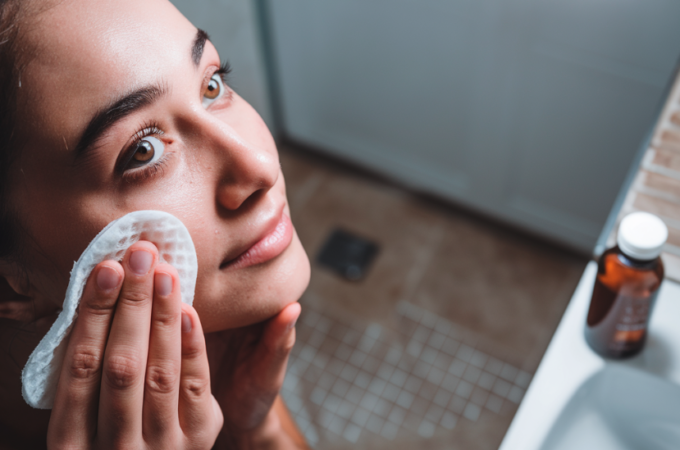
The Importance of SPF Products in Skincare
Sun protection is an essential skincare component, and SPF (Sun Protection Factor) plays a crucial role. In general, it is not well known what SPF is, why it is important, and the recommended SPF. Therefore, this article will help you understand what it is and learn about the formats in which SPF products can be found, their suitability for all skin types, and when and how often they should be applied.
What is SPF and why is it important?
SPF, or Sun Protection Factor, is a measure that indicates the level of protection that a product provides against the sun’s UVB rays, which are responsible for sunburn and can contribute to serious skin diseases. The SPF number indicates how long your skin can be exposed to the sun without burning compared to not using sunscreen. For example, an SPF 30 means you can spend 30 times longer in the sun without burning than if you were not wearing sunscreen.
The importance of SPF products lies in their ability to protect the skin from immediate and long-term damage caused by ultraviolet (UV) radiation. UVB rays damage the outer layer of the skin, while UVA rays penetrate deeper, causing premature aging and wrinkles. Both types of radiation increase the risk of skin cancer, so adequate sun protection is essential for skin health.
What is the recommended SPF?
For most people, an SPF of at least 30 is recommended daily, as it blocks approximately 97% of UVB rays. For prolonged outdoor activities, water sports, or situations where intense sun exposure is expected, you can opt for SPF 50 or higher, which provides higher protection. It is important to remember that no matter how high the SPF is, no sunscreen offers 100% protection. Therefore, it is vital to complement sunscreen with other protective measures, such as wearing protective clothing, wide-brimmed hats, and sunglasses, as well as seeking shade during peak sunny hours, generally between 10 a.m. and 4 p.m.
Sunscreen formats
SPF products are available in a variety of formats to suit different needs and preferences:
- Creams and lotions: They are ideal for dry skin and for applying to large areas of the body. They offer even coverage and are usually more hydrating.
- Gels: These are excellent for oily skin and hairy areas, such as the scalp and chest.
- Sprays: They are easy to apply, especially in hard-to-reach areas. However, it is important to ensure you put in a sufficient amount and distribute it evenly.
- Sticks: They are convenient to apply to small areas such as the face and around the eyes. They are also portable and easy to use on the go.
- Powders: These are a newer option, ideal for touch-ups over makeup without messing up the original application.
Is sunscreen suitable for all skin types?
The sunscreen is designed to be suitable for all skin types, including sensitive, dry, oily, and combination skin. However, today, there are specific formulations that address the particular needs of each skin type.
For example, for sensitive skin, products labeled “fragrance-free” and “for sensitive skin”, contain soothing ingredients such as colloidal oatmeal or aloe vera.
On the other hand, for oily and acne-prone skin there are non-comedogenic and oil-free formulas that do not clog pores. Gel or liquid sunscreens are generally a good option.
About dry skin, cream sunscreens are ideal since they also provide hydration. Ingredients such as hyaluronic acid and glycerin may be beneficial.
Finally, for combination skin, a light lotion or gel sunscreen can balance different areas of the skin without causing excess oil or dryness.
Sunscreen application
Applying sunscreen should be part of your daily skincare routine, not just on sunny days or during outdoor activities. UV rays can pass through clouds and windows, meaning exposure occurs even on cloudy days or while inside buildings with windows.
When to apply: Apply sunscreen every morning as the last step in your skincare routine before makeup. If you plan to be outdoors, put it at least 15-30 minutes before going outside so it has time to absorb and start protecting your skin.
How often to reapply: Reapply sunscreen every two hours and more frequently if you swim, sweat, or towel dry. Even products labeled as “water resistant” need to be reapplied after swimming or sweating to maintain effective protection.
Now you know that daily and proper use of SPF products is essential to protect the skin from the harmful effects of UV radiation. Therefore, select the best protector with a minimum SPF of 30, choose the appropriate format according to your needs and skin type, and maintain a constant application routine. In this way, you will contribute significantly to long-term skin health and appearance.




